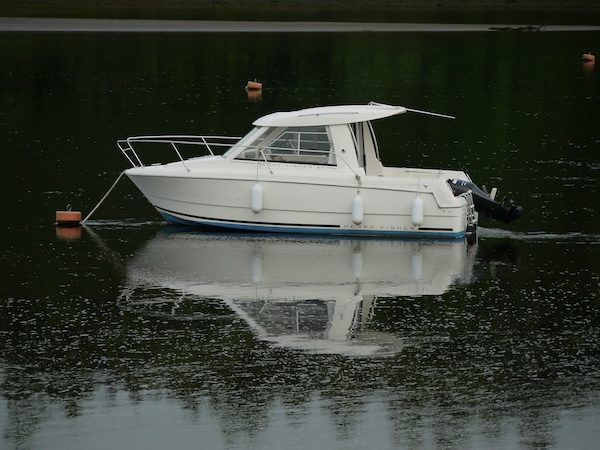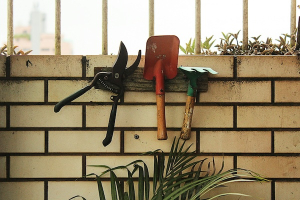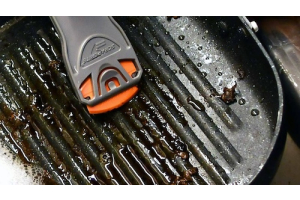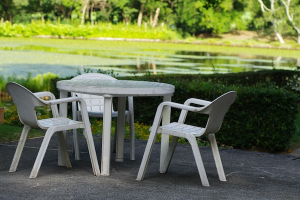Remove Early Marine Growth Without Hurting Your Hull

If your boat stayed in the water all winter, chances are you’re already seeing the first signs of marine growth. Even with anti-fouling paint, algae and barnacle beginnings can creep in as the water warms up. The good news? If you act early, you can clean it off quickly without damaging your hull’s protective coating. The key is using the right technique and the right tool.
Why Early Removal Matters
Once marine growth takes hold, it doesn’t take long for it to multiply. Algae and barnacles not only make your hull look neglected, they also increase drag, reduce fuel efficiency, and can lead to more costly maintenance down the road. Early removal is the simplest way to avoid all that but aggressive scrubbing or using metal tools can cause more harm than good.
How to Safely Remove Early Marine Growth
-
Inspect the Hull
Do a visual scan above and below the waterline. Algae often appears as green or brown slime, while early-stage barnacles look like small, rough bumps. -
Choose Calm Conditions
A still day with clear water makes this job easier and safer. If you're going in the water, wear appropriate safety gear and make sure someone knows you’re working on the boat. -
Use a Plastic Scraper for Gentle Cleaning
Plastic scrapers are ideal for this kind of job. They’re firm enough to dislodge growth, but flexible and soft enough not to damage your paint or gelcoat. Glide the scraper along the hull using even, gentle pressure. If you meet resistance, don’t force it—early-stage growth should come off relatively easily. -
Work Top to Bottom
Start at the waterline and move downward. This helps you keep track of where you've cleaned and prevents growth from resettling on already-clean areas. -
Rinse and Inspect Again
If possible, give the hull a quick rinse with fresh water to clear away any loosened debris. This will also reveal any missed spots you may want to revisit.
A Budget-Friendly Tool That Pays Off
We know times are tough and many boat owners are watching every dollar. It’s understandable—maintenance can add up fast. But a plastic scraper is a small investment that can save you time, fuel, and even more expensive repairs or repainting down the line. It’s one of those tools that proves its worth quickly, especially when used early and often.
For this kind of job, we recommend Scraperite’s blue blade. It’s designed to be safe on delicate surfaces like anti-fouling paint, yet durable enough to remove algae and small barnacles without gouging or scratching. It’s a tool that belongs in every boater’s maintenance kit—especially when you're trying to do more with less.
Taking a few minutes to remove early marine growth now is a smart, cost-effective move. It keeps your hull protected, your boat performing efficiently, and your maintenance schedule a little lighter—something every boater can appreciate these days.








